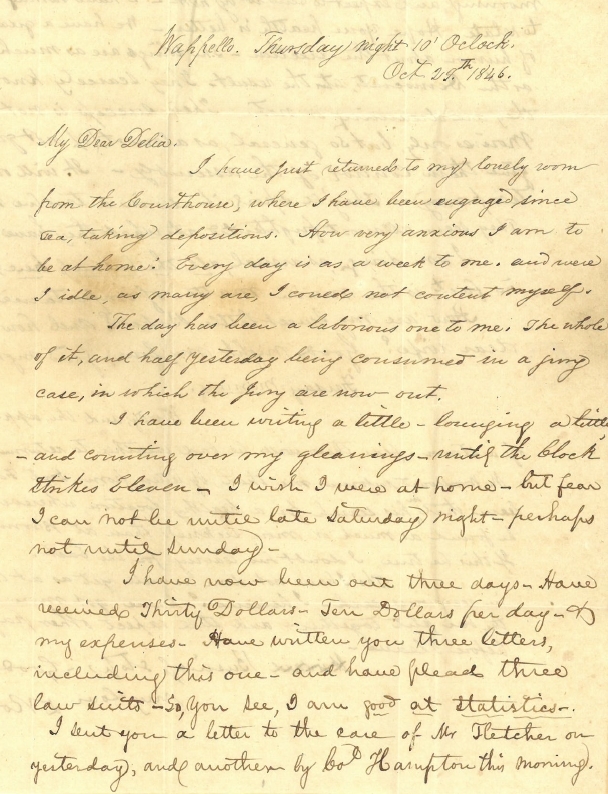
Crinoid specimen from the Burlington formation, Burlington Iowa
Crinoids are what put Burlington, Iowa on the map!
Thanks to Charles Wachsmuth (September 13, 1829 – February 7, 1896), a German born lawyer turned paleontologist, Burlington Iowa is the crinoid capital of the world. Wachsmuth, born in Hanover, Germany, was educated as a lawyer, but gave it up for health reasons, and emigrated to the US, eventually settling in Burlington. Once here, Wachsmuth became fascinated with the ubiquitous fossils that are found so abundantly in the area that he eventually became the world expert on them at the time.
Crinoids were known in Europe, but had not yet been seriously researched or described in Iowa until Wachsmuth undertook that enterprise.
Did you know that the Burlington rock formation was named for Burlington Iowa?
The Burlington Formation ranges from 50 to 70 meters thick and is covers around 120,000-kilometers.
There are 600 species of crinoids known, with around 200 known in the Burlington, Iowa area.
Dr. Forest Gahn, a Burlington native, is one of the world’s experts on crinoids. Dr. Gahn currently teaches at Brigham Young University in Idaho.
Crinoids can be found all over the area in rock outcrops, rock foundations, and paving stones among other places. Segments can even be found lying loose on the ground!
Crinoids are marine animals that make up the class Crinoidea, one of the classes of the phylum Echinodermata, which also includes the starfish, brittle stars, sea urchins and sea cucumbers. Those crinoids which, in their adult form, are attached to the sea bottom by a stalk are commonly called sea lilies, while the unstalked forms are called feather stars or comatulids, being members of the largest crinoid order, Comatulida.





